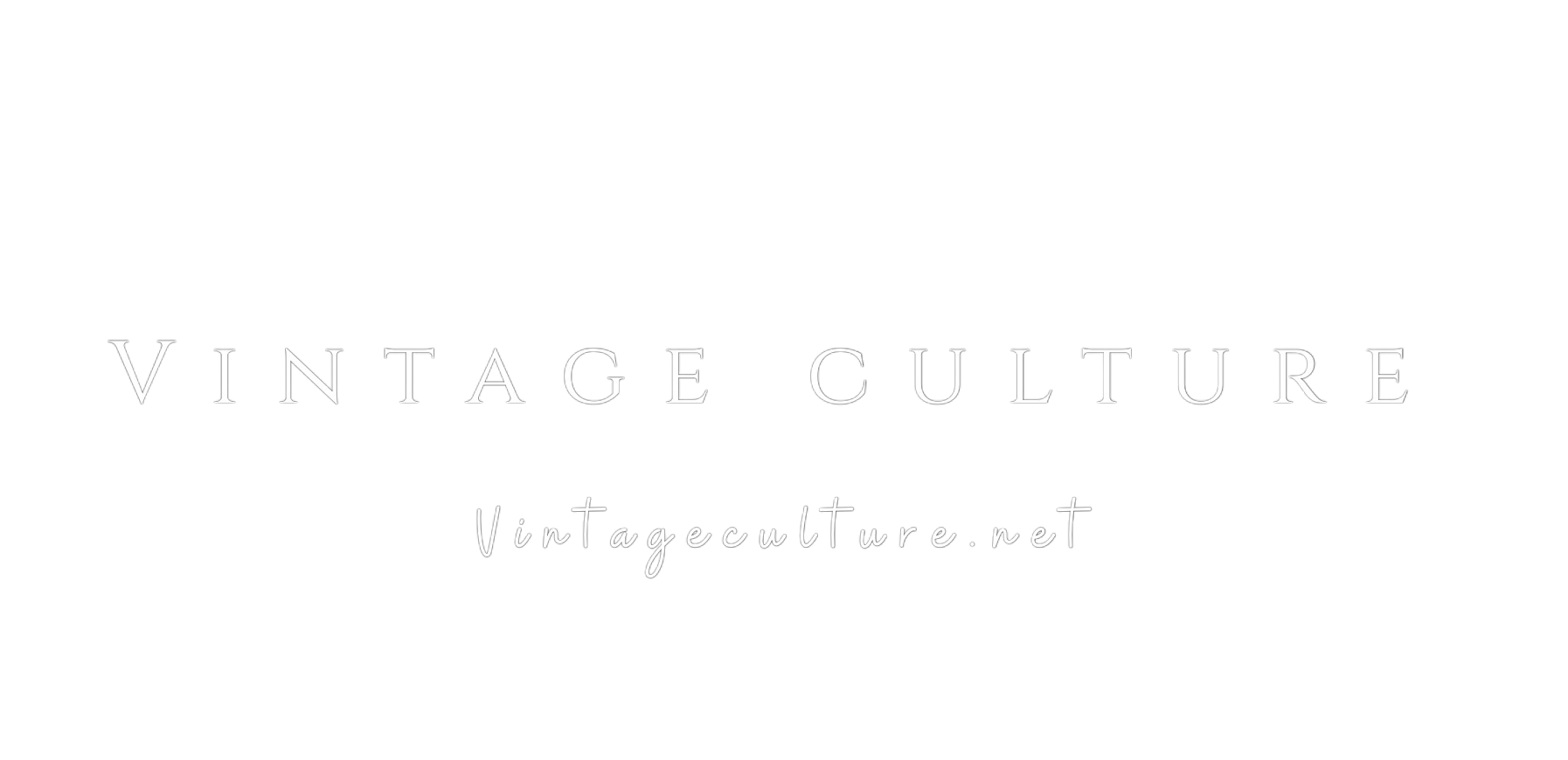Table of Contents:
- Introduction to Skirt Styles Through the Ages
- The Psychology of Fashion and Clothing Choices
- Exploring Different Skirt Styles and Their Occasions
- The Art of Choosing the Right Skirt for Your Body Type
- Fabric Choices and Their Impact on Skirt Styles
- Cultural Impact of Skirts Around the World
- Pairing Skirts with the Right Accessories
- Sustainability and Ethical Considerations in Skirt Manufacturing
Introduction to Skirt Styles Through the Ages
From the ancient loincloths of prehistoric times to the full-circle skirts of the 1950s and straight through to the eclectic variety of ladies’ skirts available in modern fashion, the skirt has been an ever-changing fashion statement that morphs with society’s demands. Tracing the silhouette of skirts throughout history narrates a story of design evolution and reflects sociocultural shifts and the corresponding attitudes towards femininity and fashion. This evolution has reintroduced classic styles, creating a renaissance of skirts where old meets new in the wardrobes of contemporary women.
Key Takeaways:
- Skirt styles are deeply tied to historical events and societal changes, constantly evolving to suit new eras.
- How skirts are worn and perceived is heavily influenced by psychological factors and their ability to express identity.
- Choosing the fitting skirt involves considering body type, fabric, and the cultural significance of the style.
- As ethics and sustainability become more prominent, skirt manufacturing adapts to meet these new consumer values.
The Psychology of Fashion and Clothing Choices
It’s fascinating to consider how a simple garment like a skirt can impact an individual’s mind. The psychology behind fashion choices is complex, involving social influence, individual identity, and the desire for self-expression. When one does a skirt, whether consciously or not, one engages in personal branding—the skirt acts as an outward expression of who one is or aspires to be. Moreover, different styles of ladies skirts create diverse psychological effects; a comfortable, flowing maxi skirt might evoke feelings of freedom and ease, while a form-fitting pencil skirt might bolster a sense of competence and professionalism.
Exploring Different Skirt Styles and Their Occasions
As varied as the occasions they are designed for, skirts offer something for every event on one’s social calendar. Understanding and appreciating the wide range of styles available is critical when selecting the quintessential piece for any gathering. Mini skirts champion a youthful spirit suitable for casual outings, midi skirts straddle the line of sophistication perfect for brunches or museums, and pleated skirts bring a preppy accent to academic or professional environments. Each style garners a unique reaction and holds a special place, from the office to a celebratory event.
The Art of Choosing the Right Skirt for Your Body Type
Embracing body diversity is central to finding the ideal skirt. It is not about hiding or changing one’s shape but celebrating it by choosing styles that amplify personal strengths. High-waisted skirts create an illusion of length and are flattering for those who want to accentuate the waist. Wrap skirts offer flexibility and can adjust to flatter any size, while flared skirts add balance to the hips and can reduce the appearance of a broader shoulder line. Everybody is unique, and the fitting skirt can enhance the silhouette with elegance and poise.
Fabric Choices and Their Impact on Skirt Styles
Regarding skirts, the fabric can determine the skirt’s look, behavior, and comfort. Lightweight, airy fabrics like linen are synonymous with summer ease, while wool brings warmth and resilience and is ideal for brisker climates. Furthermore, advancements in textile technology mean that today’s skirts can come equipped with stretching capabilities for comfort or moisture-wicking properties for active wearers. The fabric choice can transform the skirt from a simple accessory to a highly functional garment suitable for various needs and environments.
Cultural Impact of Skirts Around the World
Skirts carry extraordinary cultural significance in many societies, acting as a testament to heritage and tradition. The kilt in Scotland, the saree in India, and the hanbok in Korea are all examples of skirts that play a vital role in cultural ceremonies and everyday life. These traditional garments have crossed borders and influenced modern skirt designs, contributing to a wealthy global fashion narrative. Designers have drawn inspiration from these cultural identities, reinterpreting historical motifs and silhouettes within a contemporary context.
Pairing Skirts with the Right Accessories
Accessorizing is an art form that allows an individual to define the final touch of their outfit. The perfect pairing of skirts with accessories can accentuate the overall aesthetic. Bold statement belts cinched at the waist can create an hourglass figure, while delicate jewelry can soften a look for understated elegance. Footwear, from ballet flats to high heels, can alter the mood and practicality of the outfit, demonstrating versatility within a single skirt style. Accessorizing with thought and care can take a look from satisfactory to exceptional.
Sustainability and Ethical Considerations in Skirt Manufacturing
In an era where the environmental impact of our garments is under scrutiny, skirt production is not exempt from the call for sustainability. As consumers, we’re more aware than ever of the importance of making purchases that align with our values, which often involve sustainability and ethical manufacturing practices. The fashion industry has responded with initiatives such as using recycled materials and ensuring fair labor practices. These considerations speak to growing consumer awareness about the clothes they wear, and by choosing brands that prioritize sustainable fashion practices, shoppers can support a more responsible future for fashion.



